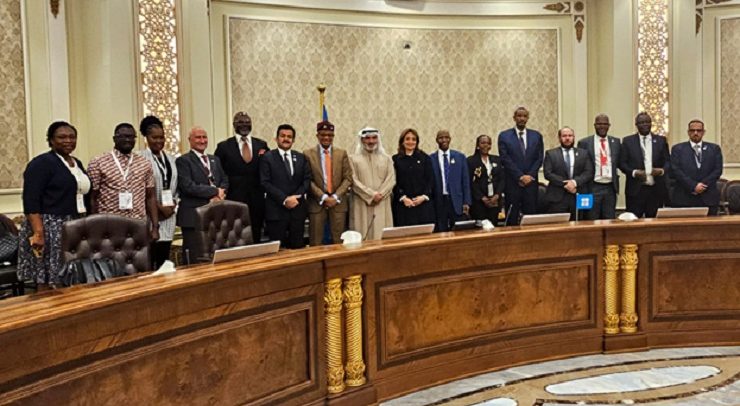
A major milestone in enhancing cross-border business has been chalked up with the African Continental Free Trade Area (AfCFTA) agreeing on rules of origin for 92 percent of traded products.
This means most goods moving between African nations will now have clear guidelines on tariffs and origin requirements.
Cynthia Gnassingbe-Essonam, Senior Advisor to the Secretary-General, AfCFTA Secretariat, said this during a high-level webinar organised by LIMA Partners in collaboration with Andersen in Ghana.
Only the textile and car industries – making up the last 8 percent – are still being discussed, she elaborated. Ms. Gnassingbe-Essonam stressed that the trade bloc is no longer just an idea but a real system changing how the continent trades.
She highlighted the Pan-African Payment and Settlement System (PAPSS) which now links over 20 central banks and 160 commercial banks, making it easier to pay for goods in local money instead of US dollars or euros.
Despite being one of the world’s largest free trade areas – linking 1.5 billion people across 54 nations in a US$3trillion market – many businesses remain uncertain about leveraging the trade bloc.
The webinar was titled ‘Unlocking Opportunities across Africa: Harnessing AfCFTA for Business Growth’ and sought to help businesses understand the AfCFTA better.
“Afreximbank has set aside US$1billion just to help the car industry grow,” Gnassingbe-Essonam said.
Although trading under AfCFTA terms started officially on 1 January 2021, many problems over rules of origin remained unresolved – making it difficult to identify the source nation of many products, and consequently the preferential tariff applicable.
The agreed rules of origin have now resolved this issue for 87.7% of the goods covered by AfCFTA, comprising about 3,800 tariff lines. This standardisation is expected to make trade between African nations easier and more predictable, as businesses will no longer have to navigate a patchwork of different rules.
The AfCFTA is also working on other important aspects of trade, including the online mechanism for monitoring and eliminating non-tariff barriers (NTBs) and a Pan-African payment and settlement system to facilitate smoother transactions.
The post Editorial: Milestone in enhancing intra-Africa trade appeared first on The Business & Financial Times.
Read Full Story














Facebook
Twitter
Pinterest
Instagram
Google+
YouTube
LinkedIn
RSS